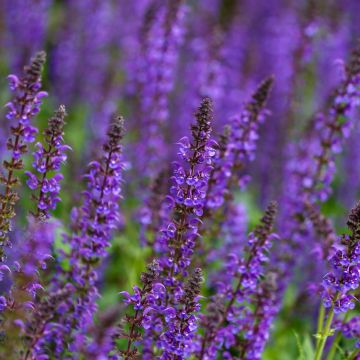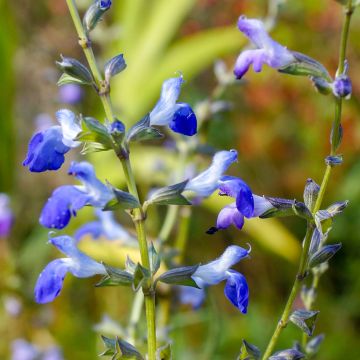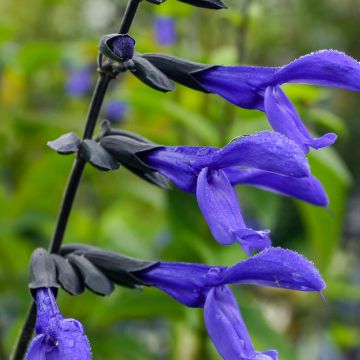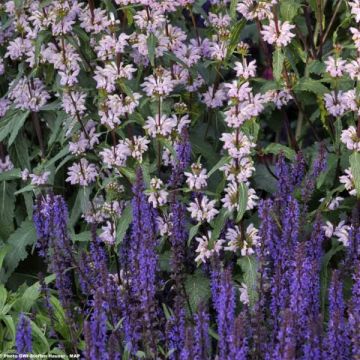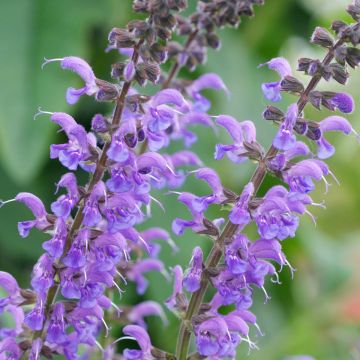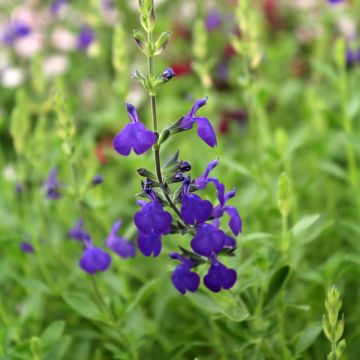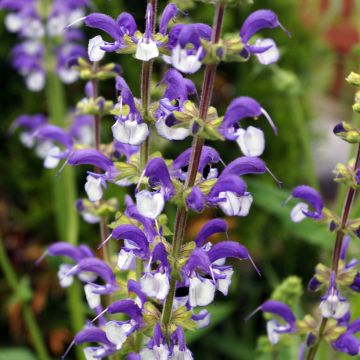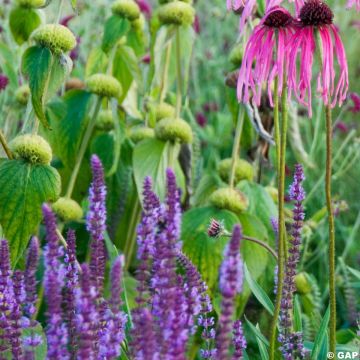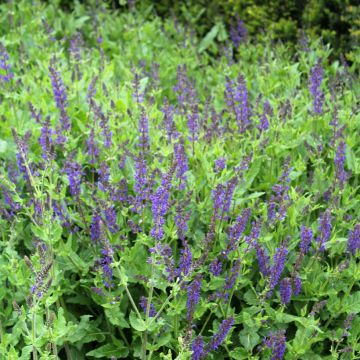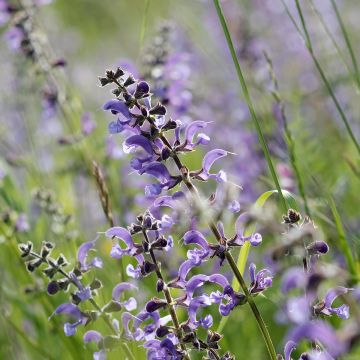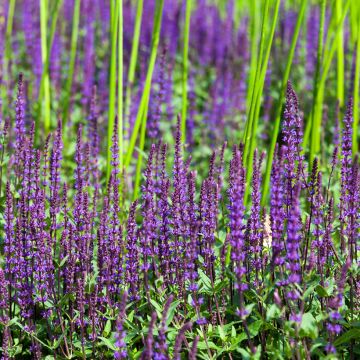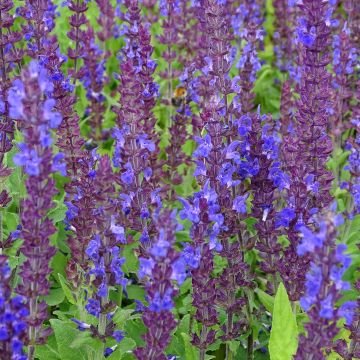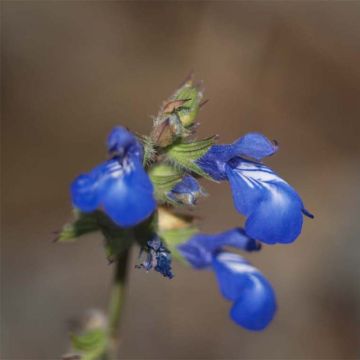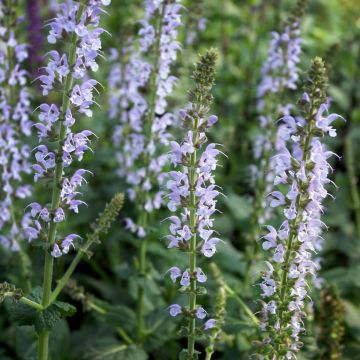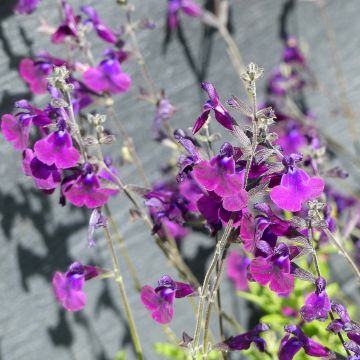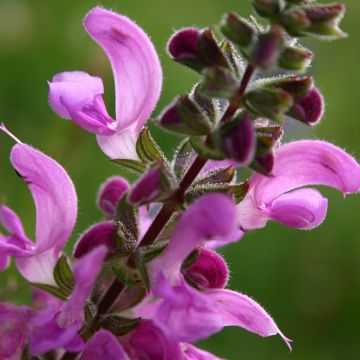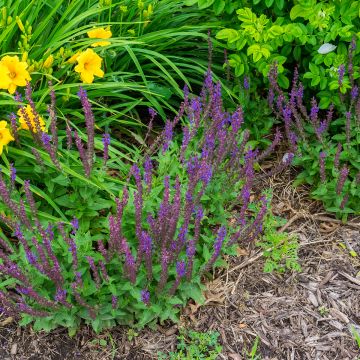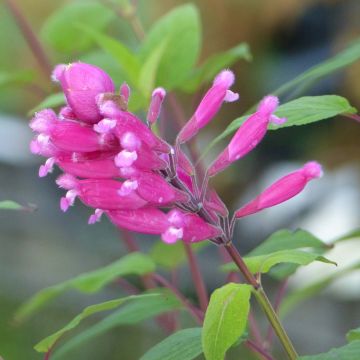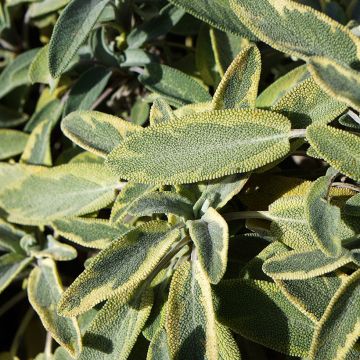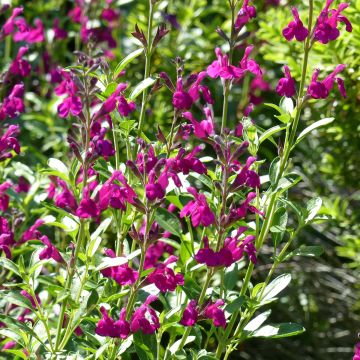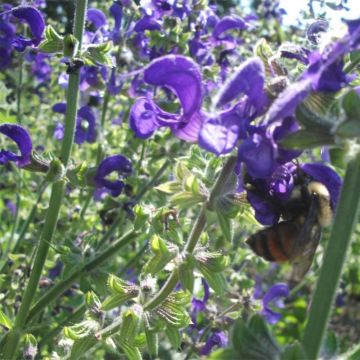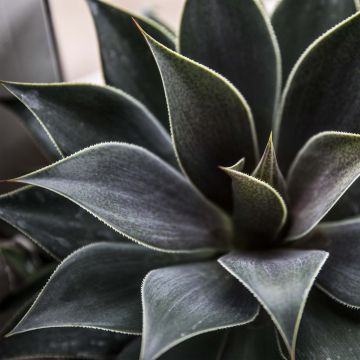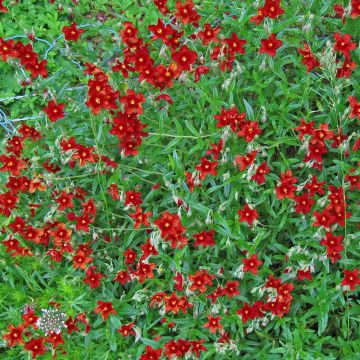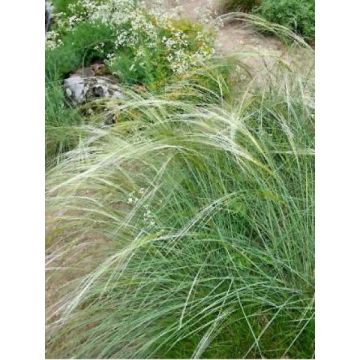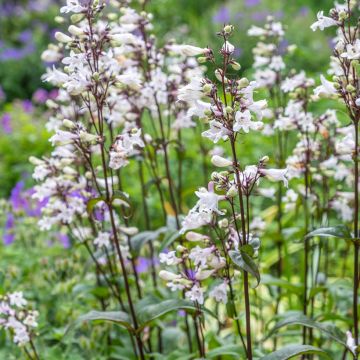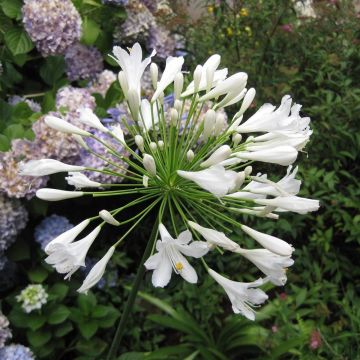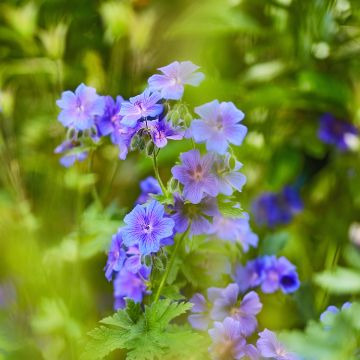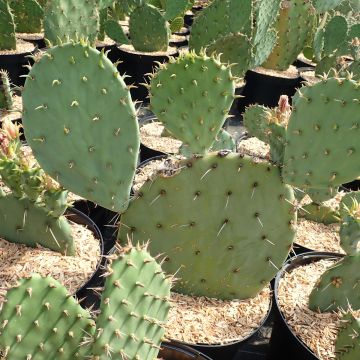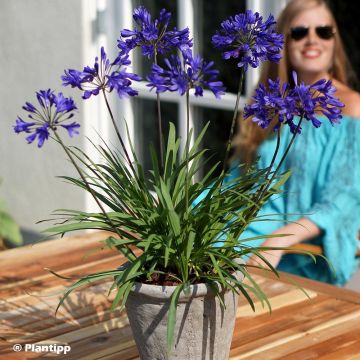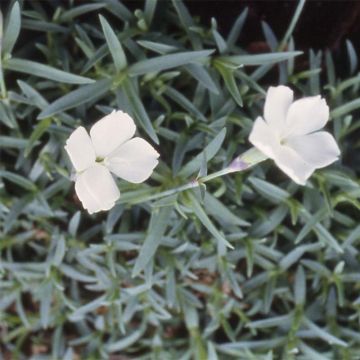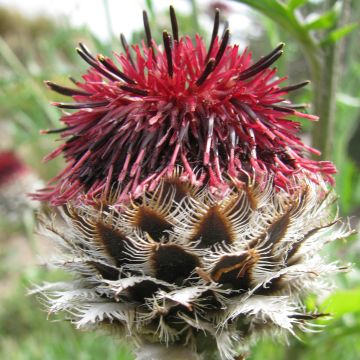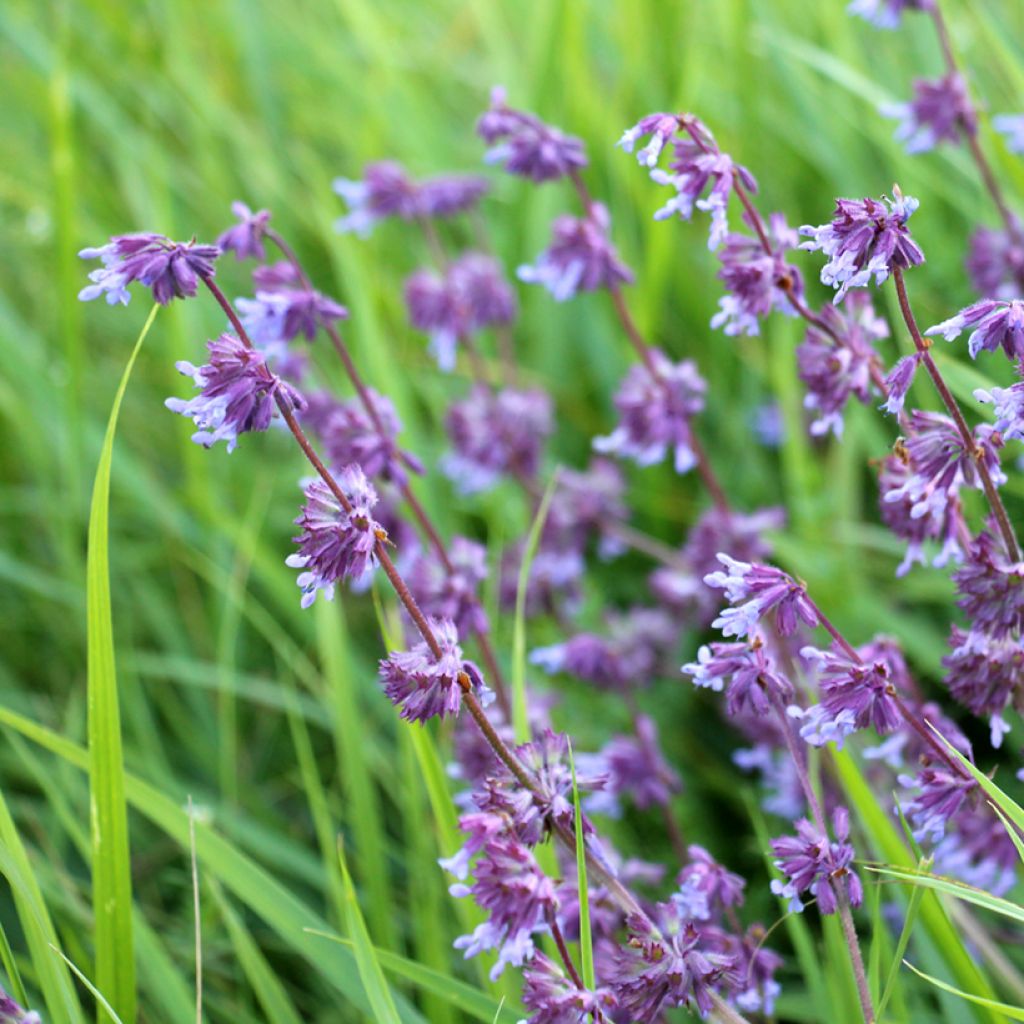

Salvia verticillata Hannays Blue
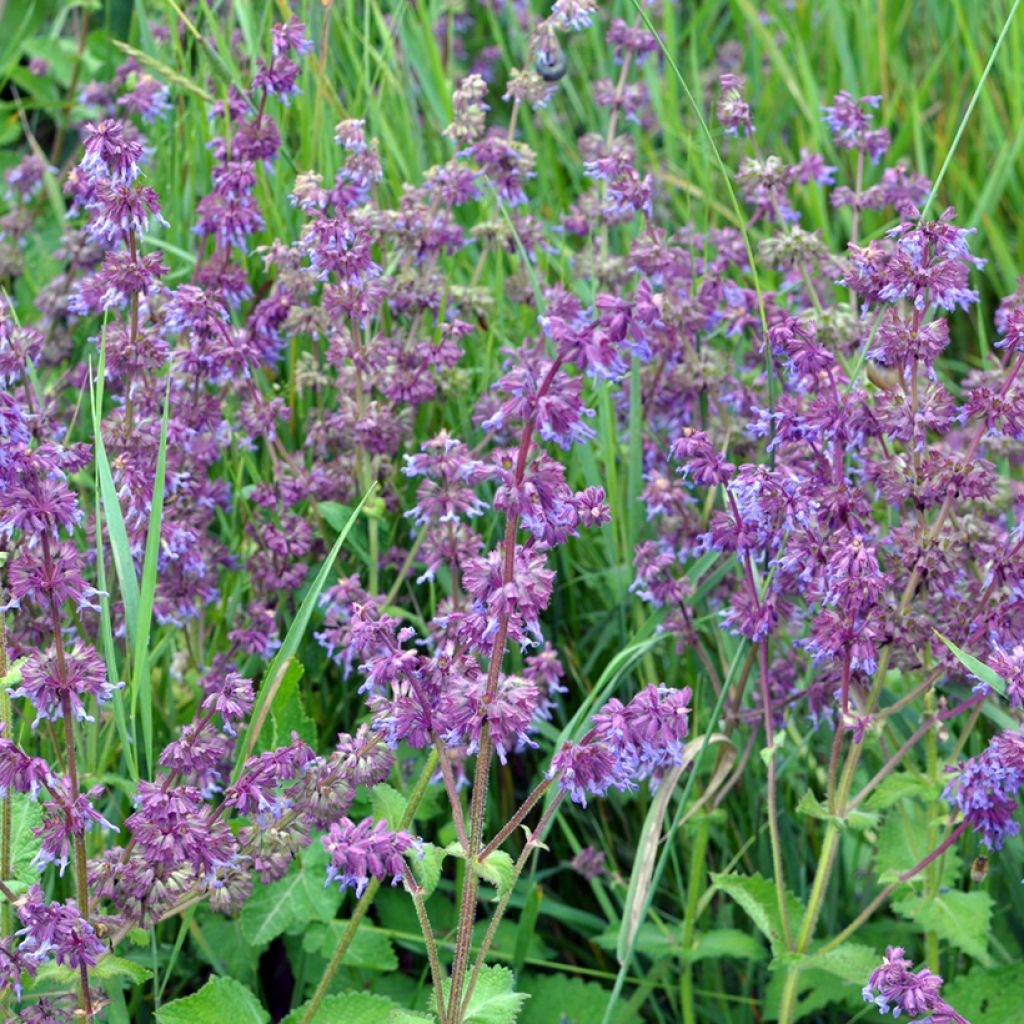

Salvia verticillata Hannays Blue
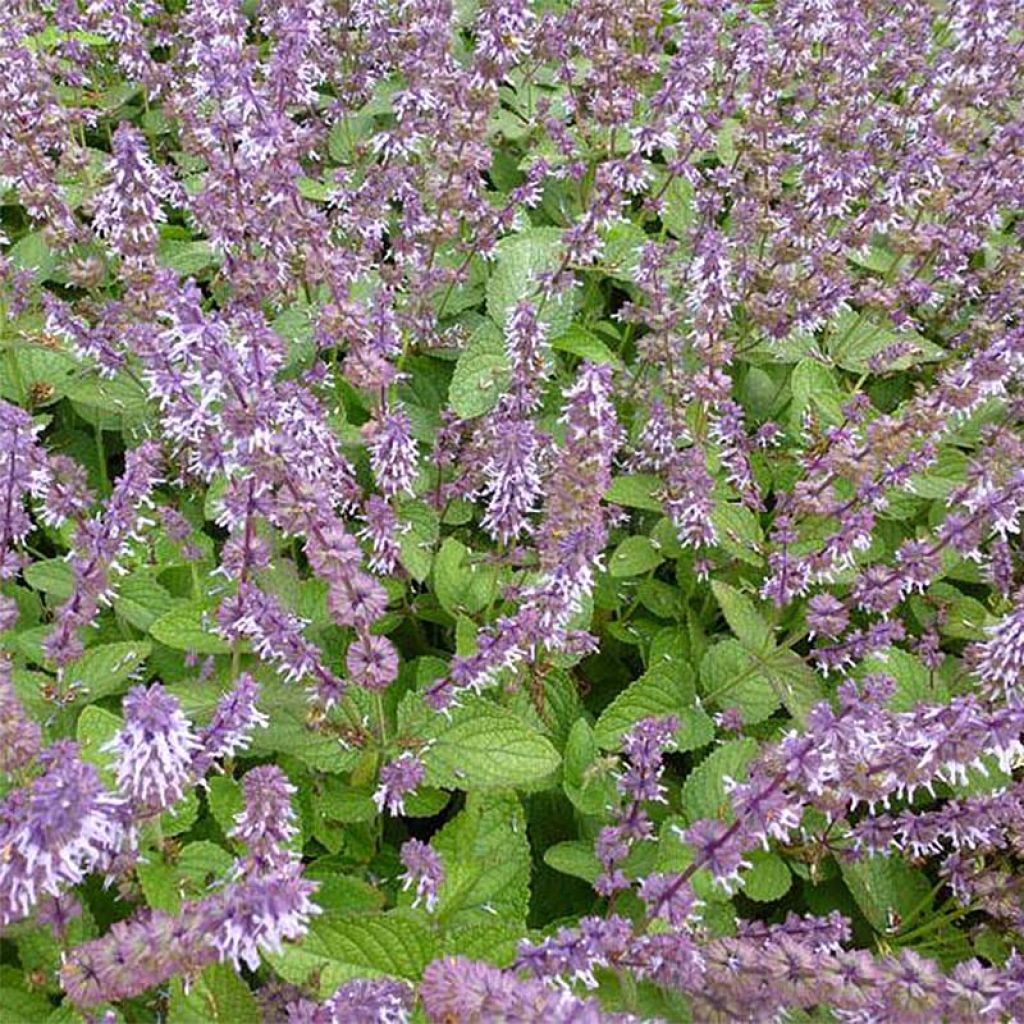

Salvia verticillata Hannays Blue
Salvia verticillata Hannays Blue
Salvia verticillata Hannay's Blue
Whorled Clary
I'm sorry, there is no text to translate in the customer review provided. If there is a specific customer review you would like me to translate into English, please provide the text and I will be happy to assist you.
HS, 23/04/2024
Why not try an alternative variety in stock?
View all →This item cannot be shipped to the selected country
Delivery charge from €5.90
Delivery to Corse prohibited
More information
Delivery charge from €5.90
Delivery to Corse prohibited
More information
Schedule delivery date,
and select date in basket
This plant carries a 12 months recovery warranty
More information
We guarantee the quality of our plants for a full growing cycle, and will replace at our expense any plant that fails to recover under normal climatic and planting conditions.
From €5.90 for pickup delivery and €6.90 for home delivery
Express home delivery from €8.90.
Delivery to Corse prohibited: UE law prohibits the import of this plant from mainland France to Corse as part of the fight against Xylella fastidiosa. Please accept our sincere apologies.
More information
Does this plant fit my garden?
Set up your Plantfit profile →
Description
The Salvia verticillata 'Hannay's Blue' is a beautiful improvement of the Whorled Sage. More compact and more floriferous, this plant produces dense spikes of small light blue-violet flowers throughout the summer, nestled in purple bracts, and arranged in staggered crowns along almost black stems. Its leaves, larger than those of the type, are a beautiful dark purple-green. This herbacious, sturdy and very hardy perennial plant is very easy to grow in ordinary, but well-drained soil and in the sun, forming a beautiful blanket for poor soils and slightly wild areas of the garden.
The Salvia verticillata is a herbaceous perennial plant with horizontal rhizomes native to southern and central Europe, and western Asia. It grows spontaneously along roadsides, on barren hillsides, most often on limestone soil. This plant, like all salvias, belongs to the family Lamiaceae or labiates. The variety 'Hannay's Blue', of rapid growth, forms a compact clump, at least 20 cm (8in) high and 50 cm (20in) wide, composed of large triangular and deeply veined leaves, with crenate-dentate edges, slightly hairy and a dark green in colour, sometimes tinged with red on the edges. The flowers give off an odor when crushed that may be unpleasant. Flowering, nectariferous and honey-producing, occurs from June to September provided that faded flowers are regularly removed. The flower stalks, purple-violet, are 50 cm (20in) tall and branched. These are branching square-section stems, bearing small leaves and flowers grouped in whorls, forming clusters of lilac-coloured flowers in the upper part of the stems. Its hardiness is excellent in healthy and well-drained soil. The plant spreads slowly through its rhizome and easily self-seeds in light soil, without retaining the characteristics of the mother plant.
The 'Hannay's Blue' whorled sage is vigorous enough to outcompete weeds. It excels in natural flower beds, on slopes, where it helps to stabilize with its deep anchoring roots, allowing it to draw moisture even during heatwaves. Therefore, this plant perfect for maintaining the soil of rockeries or banks near water sources. It is a very resistant plant, tolerating periods of drought once well-established, even if the beauty of its foliage suffers, and growing conditions are spartan. This plant tolerates limestone well, and even grows on chalky hillsides, and can endures harsh winters without weakening. In flower beds, associate it with clary sage, common sage, along with old roses and Nepeta x faassenii, lychnis coronaria.
With over 900 species of annuals, perennials, and woody shrubs distributed around the globe, except for very cold regions and tropical forests, the genus Salvia is the richest variety in the Lamiaceae family.
Salvia verticillata Hannays Blue in pictures
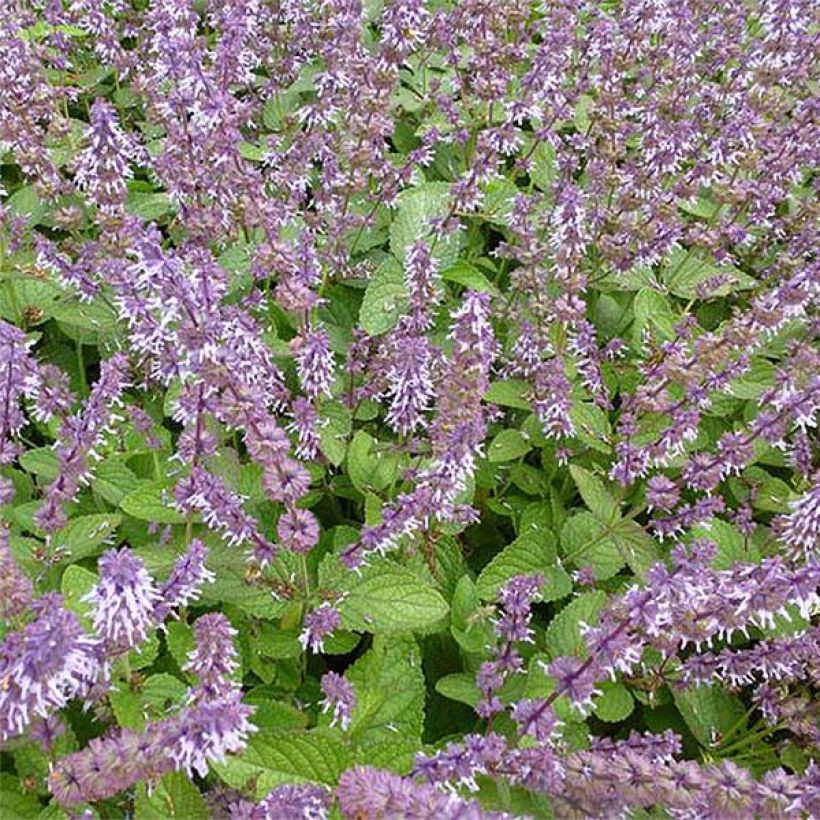

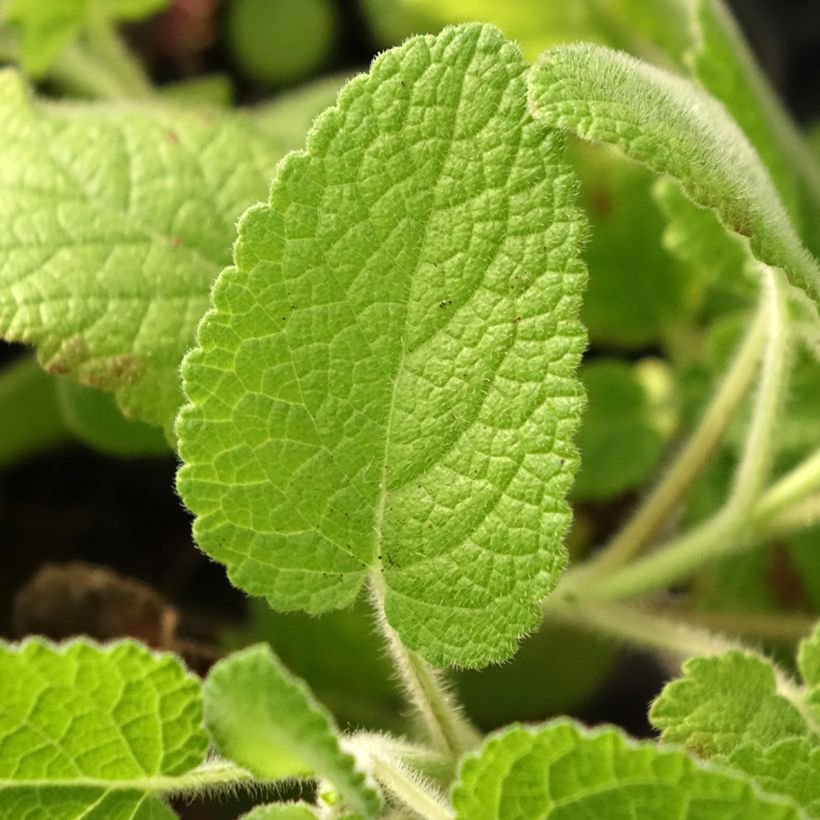



Flowering
Foliage
Plant habit
Botanical data
Salvia
verticillata
Hannay's Blue
Lamiaceae
Whorled Clary
Cultivar or hybrid
Other Salvia - Sage
Planting and care
Plant Salvia verticillata in ordinary, even poor and rather chalky soil, but must be well-draining soil. This plant tolerates some drought once well established. It does not appreciate heavy and waterlogged soils in winter, which can harm its hardiness. Place this plant in a sunny position or, at most, in partial shade. It is an easy plant, very flowering. In spring, give it fertilizer and in April, cut back all the branches by half. After flowering, cut back the faded flower stems to stimulate and prolong flowering. To preserve the vitality of the sage, divide the plant after 3 or 4 years. Plant in well-worked and lightened soil. In order to improve slightly poor soil, mix in some horticultural compost.
Planting period
Intended location
Care
Mediterranean perennials
Haven't found what you were looking for?
Hardiness is the lowest winter temperature a plant can endure without suffering serious damage or even dying. However, hardiness is affected by location (a sheltered area, such as a patio), protection (winter cover) and soil type (hardiness is improved by well-drained soil).

Photo Sharing Terms & Conditions
In order to encourage gardeners to interact and share their experiences, Promesse de fleurs offers various media enabling content to be uploaded onto its Site - in particular via the ‘Photo sharing’ module.
The User agrees to refrain from:
- Posting any content that is illegal, prejudicial, insulting, racist, inciteful to hatred, revisionist, contrary to public decency, that infringes on privacy or on the privacy rights of third parties, in particular the publicity rights of persons and goods, intellectual property rights, or the right to privacy.
- Submitting content on behalf of a third party;
- Impersonate the identity of a third party and/or publish any personal information about a third party;
In general, the User undertakes to refrain from any unethical behaviour.
All Content (in particular text, comments, files, images, photos, videos, creative works, etc.), which may be subject to property or intellectual property rights, image or other private rights, shall remain the property of the User, subject to the limited rights granted by the terms of the licence granted by Promesse de fleurs as stated below. Users are at liberty to publish or not to publish such Content on the Site, notably via the ‘Photo Sharing’ facility, and accept that this Content shall be made public and freely accessible, notably on the Internet.
Users further acknowledge, undertake to have ,and guarantee that they hold all necessary rights and permissions to publish such material on the Site, in particular with regard to the legislation in force pertaining to any privacy, property, intellectual property, image, or contractual rights, or rights of any other nature. By publishing such Content on the Site, Users acknowledge accepting full liability as publishers of the Content within the meaning of the law, and grant Promesse de fleurs, free of charge, an inclusive, worldwide licence for the said Content for the entire duration of its publication, including all reproduction, representation, up/downloading, displaying, performing, transmission, and storage rights.
Users also grant permission for their name to be linked to the Content and accept that this link may not always be made available.
By engaging in posting material, Users consent to their Content becoming automatically accessible on the Internet, in particular on other sites and/or blogs and/or web pages of the Promesse de fleurs site, including in particular social pages and the Promesse de fleurs catalogue.
Users may secure the removal of entrusted content free of charge by issuing a simple request via our contact form.

































